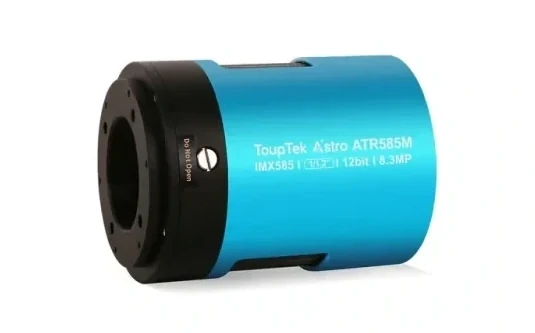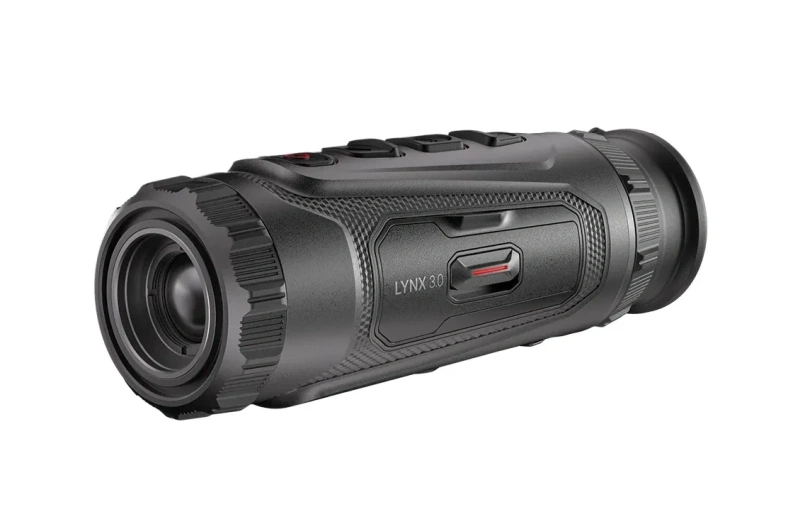Deep sky filters make it easier to see faint, diffuse haze and its details. Their principle of operation is quite simple: they transmit only specific wavelength(s) of incoming light, precisely those that a particular object is emitting. This makes the object appear more contrasty, almost jutting out from the sky.
Baader's UHC-S filter has a relatively wide passband among UHC filters, so it does little to "hide" stars in the field of view. The OIII filters transmit light in an even narrower band, i.e. they cut off even more of the light from background stars, making it easier to see details of diffuse nebulae.
The UHC version is recommended for telescopes under 20 cm diameter or as the first deep sky filter.




































